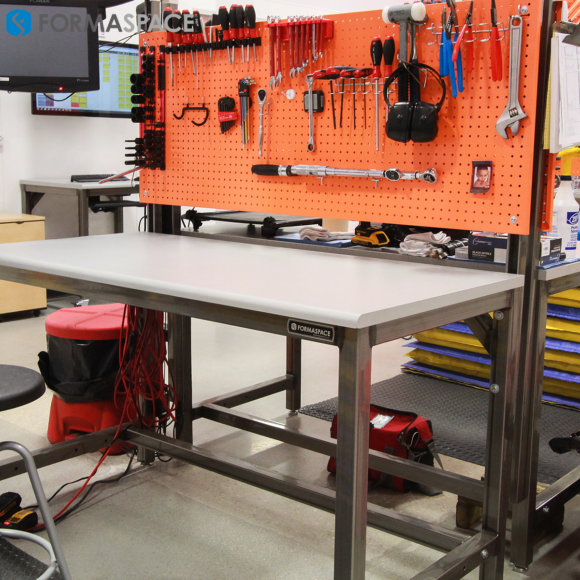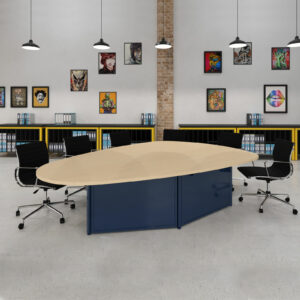This is the third and final article in our three-part series about additive manufacturing technology. In Part One, we looked at the business case for existing manufacturers deploying additive manufacturing and 3D printing technologies.
In Part Two, we evaluated the claim (promoted by 3D printing advocates) that there will soon be a massive wave of consumers printing products at home or locally. In this third and final installment, we’ll look at the potential legal and ethical consequences of an establishing a widely-distributed network of additive manufacturing sites. These complex issues range from what happens when a non-traditional manufacturer makes a copy of a trademarked design, establishing who is responsible if a derivative copy of a defective product causes an injury, to sensational controversies such as 3D printed plastic handguns.
First, a Quick Interruption: 3D Printed Cakes Make Their Debut at the 2014 Consumer Electronics Show (CES) in Las Vegas
This is a late breaking news alert from the Consumer Electronic Show underway in Las Vegas: Cookies, cakes and other desserts can now be custom printed directly from a 3D printer. Industry pioneer 3D Systems, (founded by Chuck Hall whose 1986 patent for stereolithography additive manufacturing process kicked off the 3D printing industry) has just introduced their new ChefJet Pro. According to 3D Systems press release, this new line of printers will be the ‘must-have’ tool for professional bakers, cake masters, event producers, and high-end restaurants. This follows last year’s announcement that NASA was giving a Small Business Innovation Research (SBIR) grant to Austin-based Systems and Materials Research Consultancy to develop a 3-D printer that can print pizza for astronauts traveling in space. You can see BBC video from the CES show here. Now you can print your cake and eat it too. Have we jumped the shark yet?

What Effect Will Additive Manufacturing / 3D Printing Have on Intellectual Property (IP)?
OK now back to the topic at hand. As we all know, patent law — designed to promote Made-in-America products — goes all the way back to our original Constitution; it’s found in Article One Section 8(8):
The Congress shall have power … To promote the progress of science and useful arts, by securing for limited times to authors and inventors the exclusive right to their respective writings and discoveries;
But until we invent a working time travel machine, it’s hard to know exactly what the framers of our Constitution would make of 3D printing technology. Clearly, it has the capability to facilitate infringement on patented products on a massive scale, far beyond the present scourge of life-threatening counterfeit airplane parts or Louis Vuitton bags with a dubious provenance. And it’s not just strictly patents which could be violated more easily than ever before… it’s the whole framework of important intellectual property safeguards, such as copyrights, which are intended to protect brands and their valuable ‘trade dress’ from unscrupulous vendors of knockoff products.
The Music and Movie Industries Have Already Faced Massive Copyright Violations Brought on by the Digital Revolution
Other industries have seen the effects of readily made digital copies first-hand. First, the music industry was turned on its head by the proliferation of easily shared MP3 files ripped from CD-ROMs. Then the movie industry, having watched the effect of piracy on the music business, responded much more aggressively with government lobbying efforts designed to strictly enforce their copyrights. Hence we have aggressive lawsuits sponsored by industry trade groups like the Motion Picture Association of America (MPAA) which also lobbies for aggressive government regulation, such as the Digital Millennium Copyright Act, designed to limit peer-to-peer sharing of software, movies, and television programs.
But in this era of Do It Yourself and Mashup media, there has been a widely supported push back against aggressive copyright protection by the industry titans of Hollywood. Licensing agreements promoted by Copyleft and Creative Commons (often used in Wikipedia media) were introduced to enable the free derivative use of artists’ works in music, writing, photography, and video. Broadly speaking, these efforts have arisen from the Open Source software movement, which itself arose against the restrictive licensing agreements of closed proprietary software from the likes of Oracle and Microsoft. The Open Source software movement has pioneered many important legal frameworks, including the GNU General Public License that enables users to share and extend a body of work by making derivative works (allowed as long as those derivative works are also shared).
Will Traditional IP Laws Limit the Adoption of 3D Printing and Additive Manufacturing Technology by End Consumers?
The potential for massive infringement of copyrighted and patented designs is real. And it has the potential to keep patent and trademark attorneys in business for a long time. Let’s say you have an expensive machine in your factory, and over the weekend a critical part breaks. Fortunately, you have a sophisticated 3D printer that prints metal parts, so you can quickly create a replacement part and get back to production. Most people would say it’s okay to do this and that you haven’t violated any patent or trademark. (However, depending on your lawyer and your agreement with the original equipment manufacturer, some may disagree…)
But what if you decide to make a few extra parts and market them? Or what if you make a better, stronger version of the part that doesn’t break so often (a derivative work)? And if you do sell some of your ‘stronger’ parts but they later cause an injury, who is responsible? Does the original manufacturer have some liability as well? In these type of cases, you’re probably facing the same sorts of complex intellectual property restrictions and liability issues that you’d find, for example, in the automotive aftermarket industry for car parts and accessories.
Proponents of 3D Printing are Trying to Head These Intellectual Property and Liability Issues Off at the Pass in a Couple Ways
3D printing advocates recognize these legal issues could constrain the potentially massive growth of additive manufacturing at non-traditional, small-scale manufacturers. They are responding by trying to establish ‘safe harbor’ laws and regulations. One approach, taken by new associations like FeedomDefined with their Open Source Hardware agreement and start-up companies such as OpenDesk, is to facilitate a new consumer movement by sharing open source hardware designs which are not restricted by traditional copyrights and patents. This is very similar to the approach Creative Commons and Copyleft employ for traditional media like written documents, photographs and music. Others, like Professor Neil Gershenfeld, head of MIT’s Center for Bits and Atoms, are focused on establishing legal and political frameworks for small-scale manufacturers to operate. (View his TEDTalk online.) Gershenfeld has long been a proponent of a National Fab Lab Network, which is described as a national network of local digital fabrication facilities providing community access to advanced manufacturing tools for learning skills, developing inventions, creating businesses, and producing personalized products.
Legislation to charter this National Fab Lab Network, which would, among other things, create a legal safe-harbor for small-scale, non-traditional manufacturers, has stalled in Congress. (Read the proposed bill.) Given the divided state of politics in the current U.S. Congress, it’s not surprising not much progress has been made. Instead, Congressional attention has focused on the more sensational aspects of additive manufacturing — specifically by proposing legislation to ban 3D printed guns and weapons — which could pass undetected through TSA inspection points at airports. One thing is clear: as the technology of 3D Printing and Additive manufacturing improves, it will be adopted more widely and these tricky issues of intellectual property and product liability will need to be resolved.
Interested in Experimenting with a 3D Printing Laboratory or Adopting Additive Manufacturing at Your Facility? Contact Us for Your Furniture Needs.

Don’t forget to contact us if you are setting up a 3D printing laboratory or manufacturing production facility. We have many practical solutions to keep you organized — including industrial workbenches, sorting tables, and other custom furniture — all built to optimize your laboratory or manufacturing facility. If you already have a specific idea in mind, we can bring it to life in our factory here in Austin, Texas. Just give us a call at 800.251.1505 or you can get a quick quote online.











